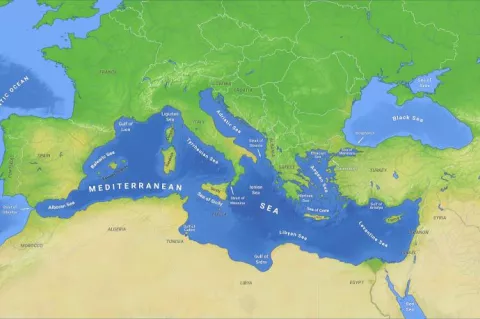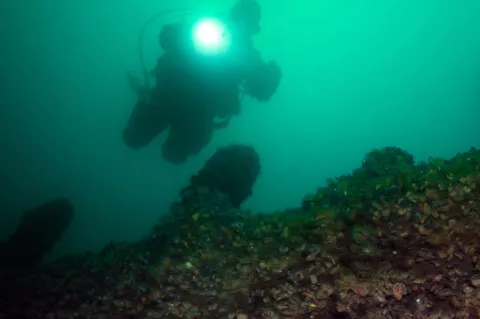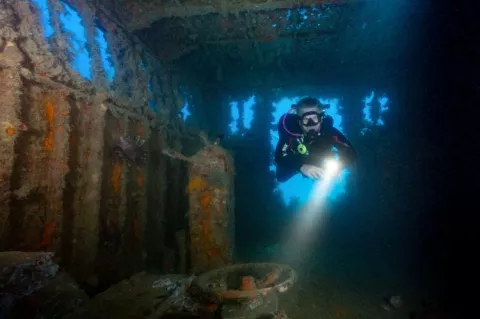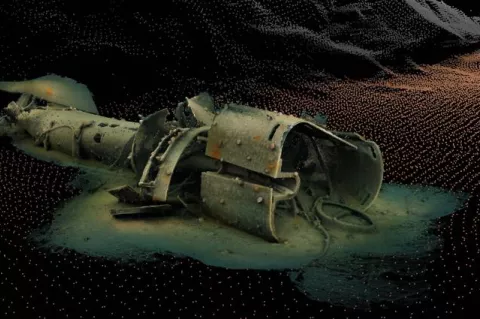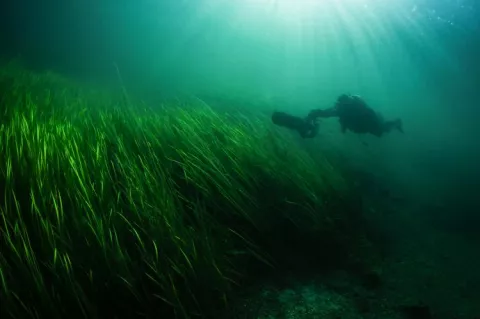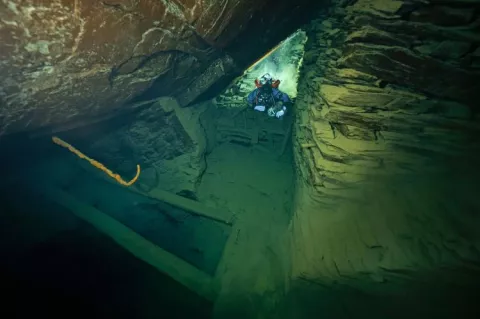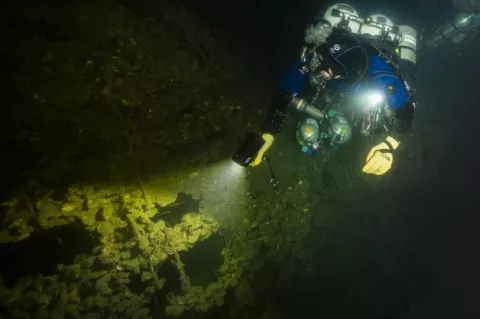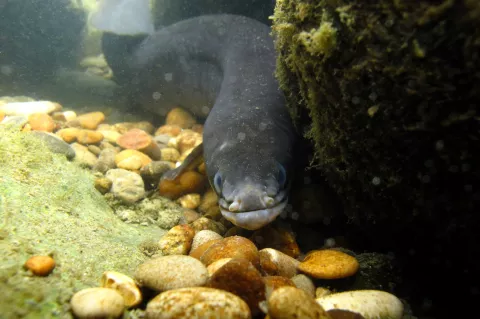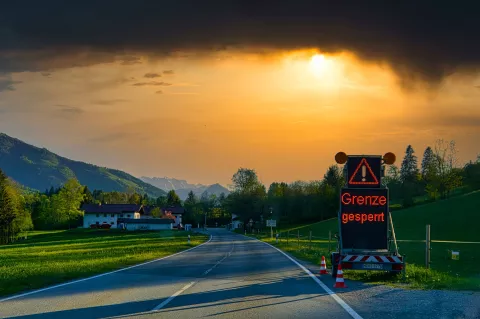EU countries to establish large marine protected area in the Mediterranean
“An agreement is being finalized with France, Spain and Cyprus for a large protected area in the extra-territorial waters of the Mediterranean, which is a great contribution to the 30×30 goal,” said Gilberto Pichetto Fratin, the Italian environment and energy security minister at the Valore Natura conference in January 2023.

